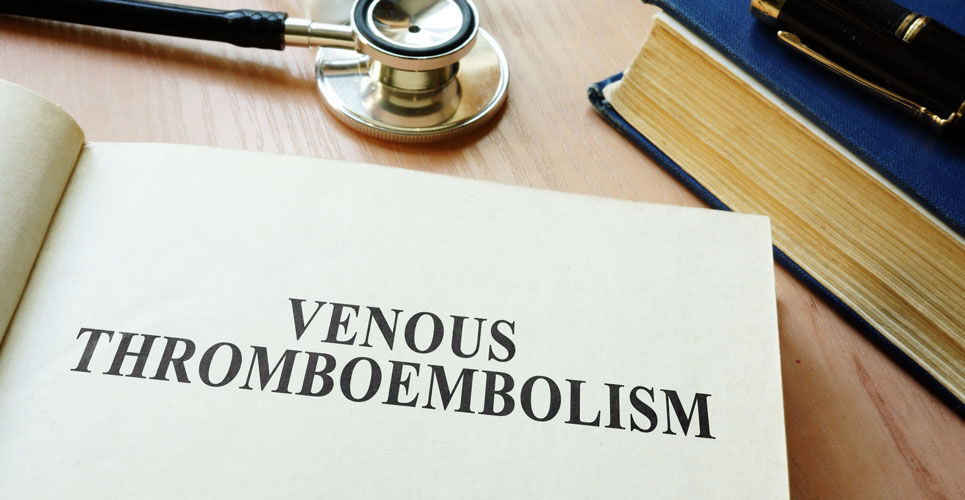Intermediate dose LMW heparins have the most favourable risk-benefit profile for venous thromboembolism in acutely ill hospital patients
Intermediate dose low molecular weight (LMW) heparins offer the greatest balance in terms of benefit and harm for the prevention of venous thromboembolism in acute ill hospitalised patients. This was the main conclusion of a network meta-analysis by a collaborate team from the Netherlands, Denmark and the UK.
A US study suggested that a venous thromboembolism occurs in approximately 100 persons per 100,000 each year and that an estimated one third of these patients will also develop a pulmonary embolism. Furthermore, another study has found that 59% venous thromboembolism in the community could be attributed to institutionalisation such as current or recent hospitalisation or nursing home residence. Any anticoagulant including intermediate dose LMW heparins, unfractionated heparin or even oral anticoagulants can be used for the prevention of a venous thromboembolism although there are differences in the risk-benefit ratio for each of the different types of anticoagulant. In the UK, NICE has recommended the use of LMW heparins as a first-line treatment for the prevention of venous thromboembolism in acutely ill patients. In contrast, the American Society for Haematology suggests that for acutely ill medical patients, clinicians can use unfractionated heparin, LMW heparins or fondaparinux. Despite these slight differences in recommendations, to date, there is a lack of comparative data on the most appropriate anticoagulant type and dose for the management of venous thromboembolism in acutely ill patients.
For the present study, researchers undertook a systematic review and network meta-analysis to assess the benefits and harms of different types and doses of anticoagulant drugs for prevention of venous thromboembolism in acutely ill adults who have been admitted to hospital. The team included all randomised controlled trials designed to evaluate thrombosis prophylaxis for prevention of venous thromboembolism in acutely ill adults admitted to hospital. They collected data and used a composite primary outcome of all-cause mortality, symptomatic venous thromboembolism, major bleeding and serious adverse events.
Intermediate dose LMW heparins and outcomes
A total of 44 randomised trials with 90,095 participants and a median age of 68.5 years (46.5% women) were included in the analysis.
Thirty-six trials reported on all-cause mortality and none of the interventions reduced all-cause mortality in comparison to placebo. However, when compared to no intervention, intermediate dose low-molecular-weight heparins led to a significant reduction (odds ratio, OR = 0.79, 95% CI 0.61 to 0.96) as did pentasaccharides (OR = 0.44, 95% CI 0.20 to 0.92).

Intermediate dose LMW heparins were the only intervention to reduce the incidence of symptomatic venous thromboembolism compared to placebo (OR = 0.66, 95% CI 0.46 – 0.93) but all of the interventions were effective compared to no treatment.
Both intermediate dose unfractionated heparin and direct oral anticoagulants were the most likely intervention to increase major bleeding. There were also no apparent differences between the different interventions with respect to the incidence of major adverse effects.
Based on these findings, the authors concluded that intermediate dose LMW heparins conferred the best balance of benefits and harms for prevention of venous thromboembolism in acutely ill hospitalised patients. In contrast, unfractionated heparin, in particular the intermediate dose and direct oral anticoagulants had the least favourable profile.
Citation
Eck RJ et al. Anticoagulants for thrombosis prophylaxis in acutely ill patients admitted to hospital: systematic review and network meta-analysis BMJ 2022

